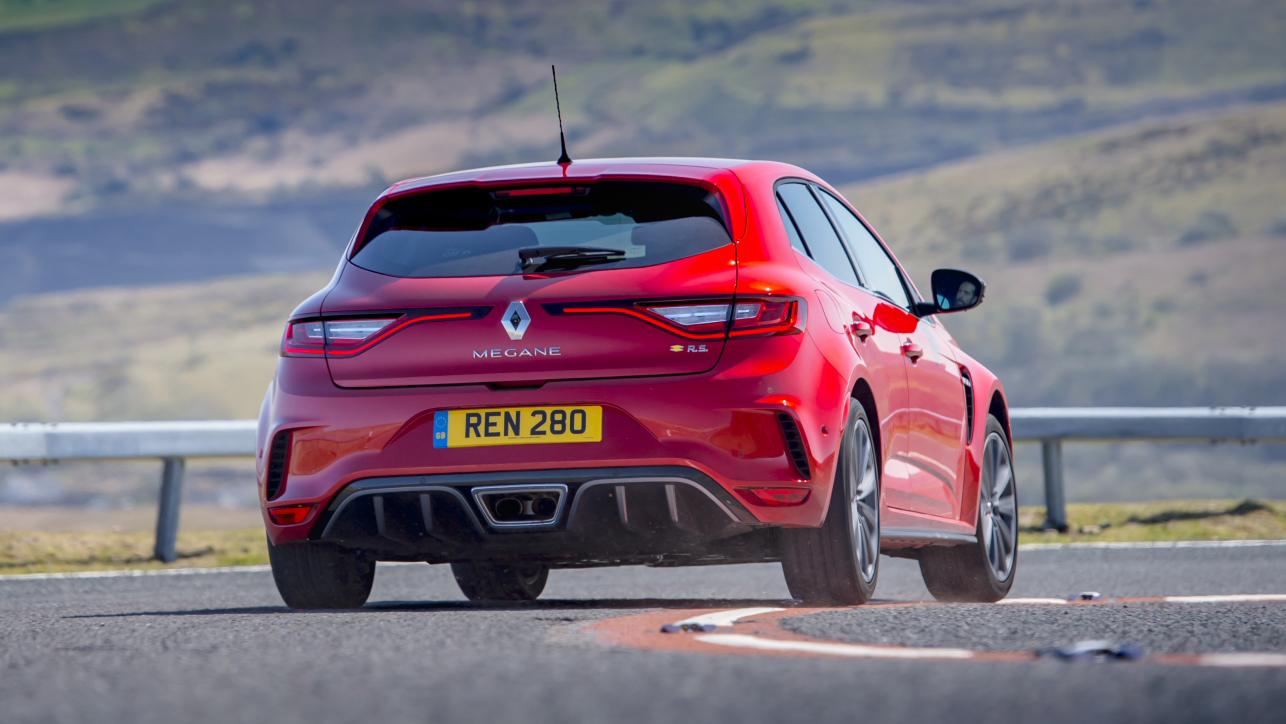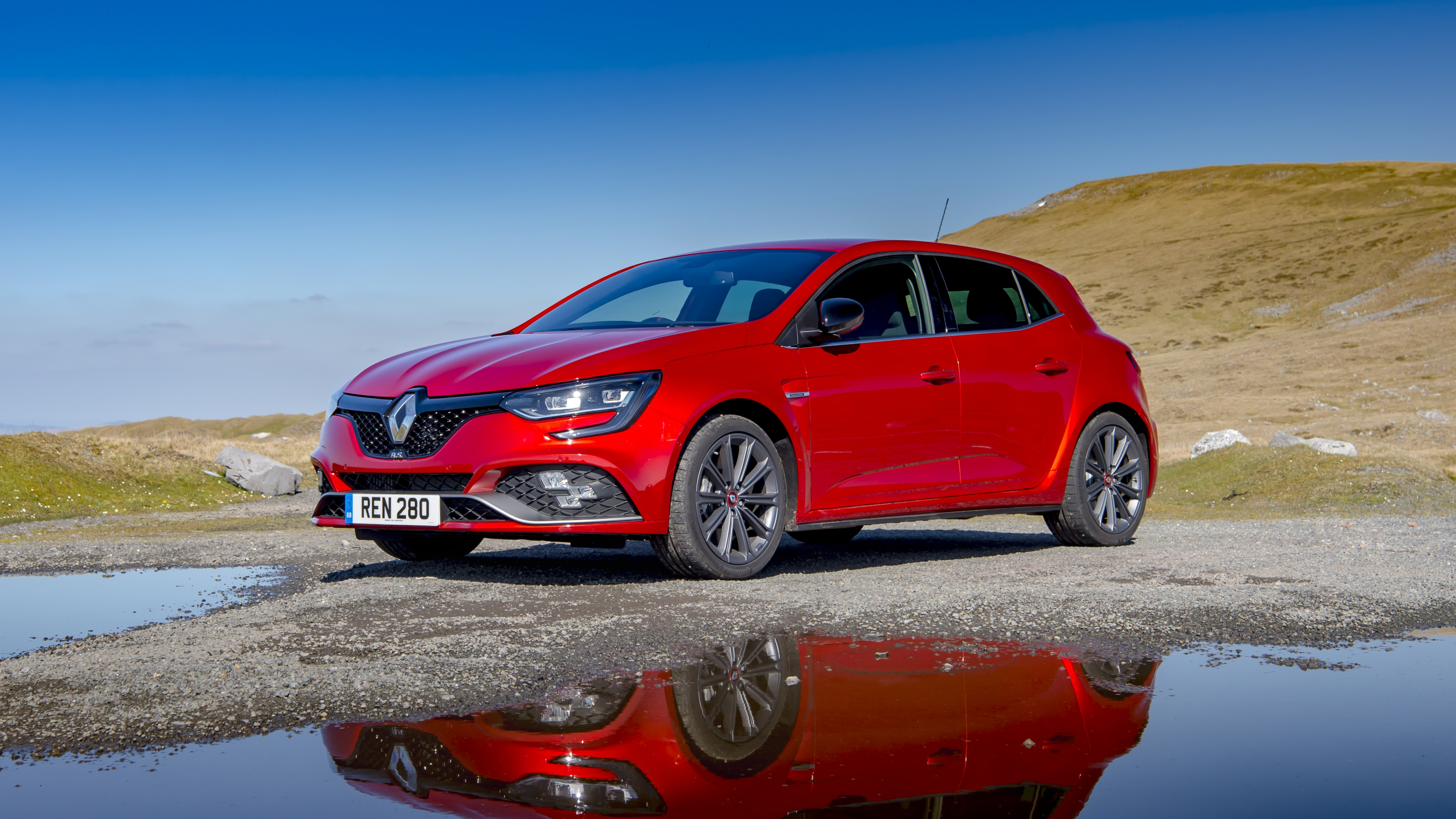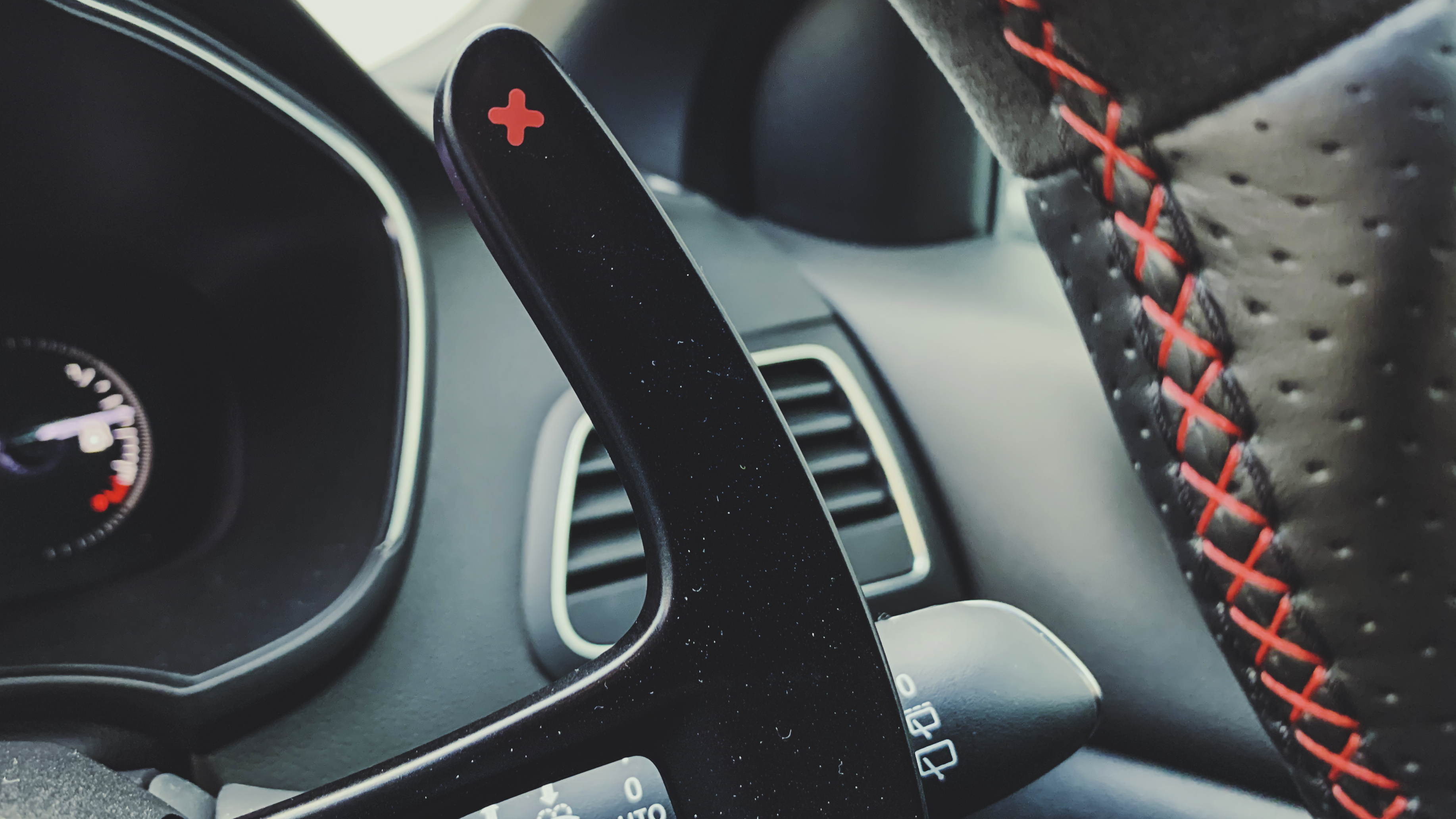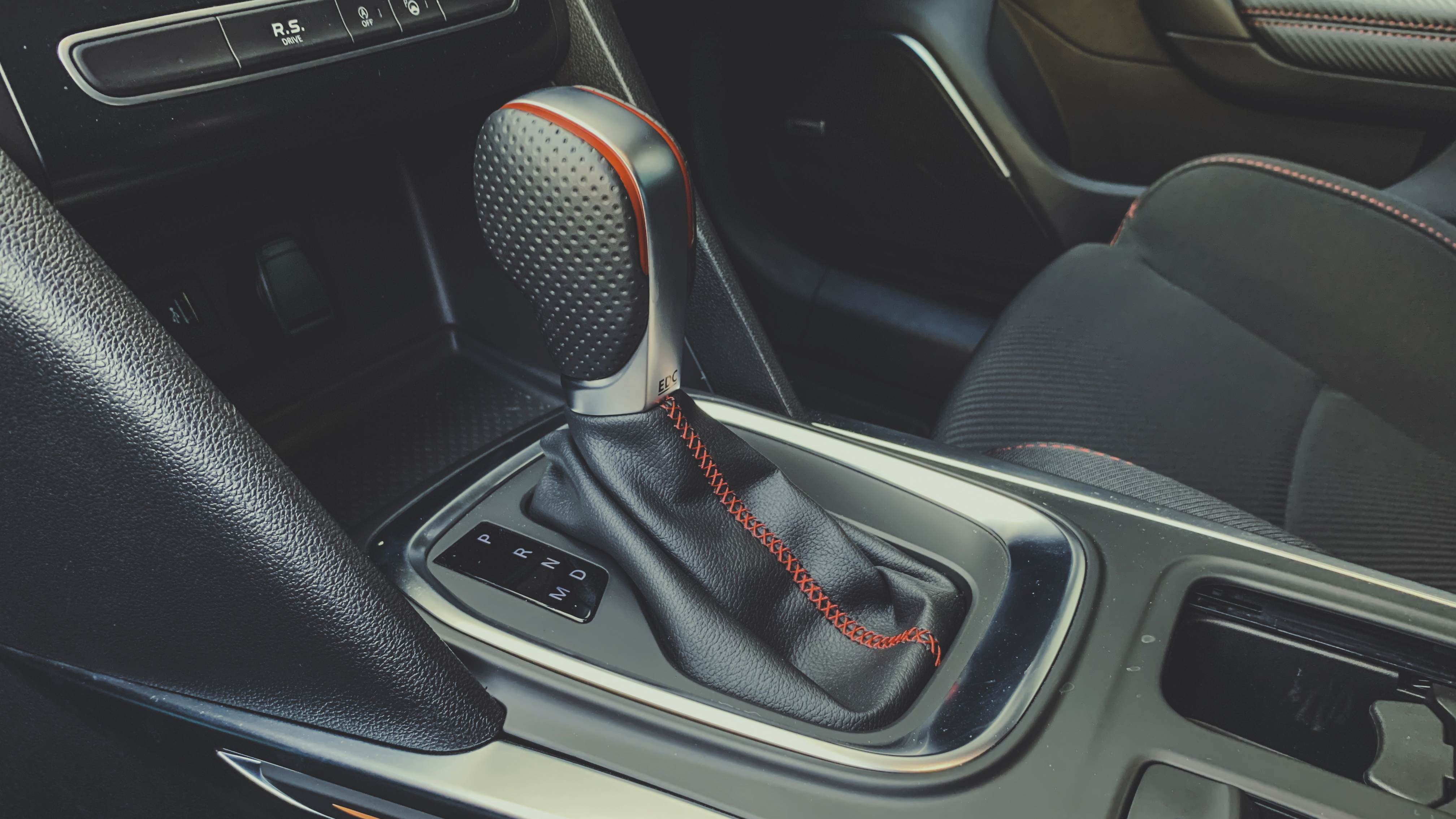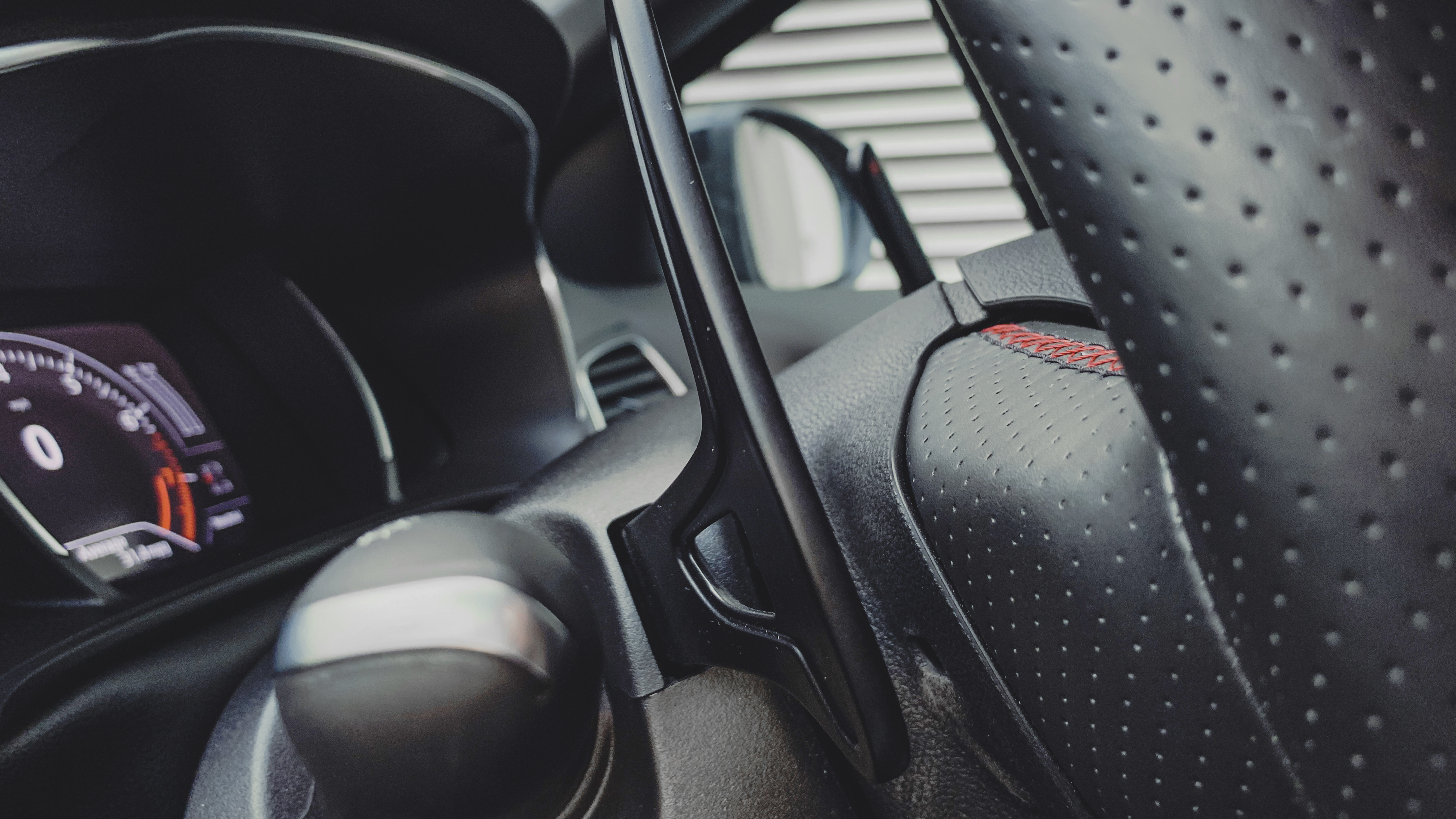
SPEC HIGHLIGHTS
- BHP
280bhp
- 0-62
5.8s
- CO2
171g/km
- Max Speed
155Mph
- Insurance
group35E
I do hope this Megane doesn’t cost £70,000.
Don’t worry. This is the Renault Megane RS furthest in philosophy from the mesmeric, superlative, but Cayman-GT4-costly Trophy R.
This is the base Megane RS with the optional EDC paddleshift gearbox but without the stiffer Cup chassis. Making it the softest version of the current-gen Megane imaginable and, at around £29,000, less than half the price of the hardest.
A bargain, then…
Well, yeah. Very few senior-sized hot hatches dip below £30,000 these days. This one comes with a strong spec sheet too: a 276bhp 1.8-litre four-cylinder engine drives the front wheels through a six-speed dual-clutch automatic.
Yep, just the six speeds, which if you’ve come from a seven-speed rival (like anything recent from VW) will see you flapping pointlessly at the right-hand paddle numerous times during your first few motorway journeys. This transmission shares thinking with the seven-speed EDC transmission in the similarly powered Alpine A110S, but it’s a different version here with a higher torque threshold. And one ratio fewer, which initially feels as incongruous as using a five-speed manual gearbox where six is now the norm.
The 0-62mph time is 5.8secs (identical to the manual), the top speed 155mph (down 3mph) with a 23kg weight penalty for going automatic. And yes, there’s the same four-wheel-steering system – called 4Control – that’s slightly mucked up all Megane RSs bar that Trophy R. Which ditched it.
So how’s the soft option?
Well, you’re reminded immediately that you’ve gone less hardcore. Where manual Megane RSs have an old-fashioned mechanical handbrake, this one has the dreaded electronic flap. RenaultSport’s fluffed its lines elsewhere, too: the paddleshifters are small and placed too high for those who drive with their hands at nine and three on the steering wheel. The paddles in an Alpine sit much more handily, but both are titchier than they ought to be, presumably to make room for Renault’s olde worlde remote stereo controls.
Top Gear
Newsletter
Thank you for subscribing to our newsletter. Look out for your regular round-up of news, reviews and offers in your inbox.
Get all the latest news, reviews and exclusives, direct to your inbox.
But that’s where the grumbling ends. This is a good gearbox. Its shift map adjusts nicely in auto mode depending on whether you’ve plonked the car into its Race, Sport or confusingly named Neutral mode, changing down aggressively in the former just when you want it to. It hangs onto gears before upchanging perhaps a little too long in the sportier settings, but if you’re the sort of person bothered by that you’re more than likely shifting manually with the paddles anyway.
Twinned with the softer, more compliant Sport chassis (as non-Cup or Trophy models are known) it makes for a car that’ll be almost as easy to live with as any VW Group hot hatch you care to name. It’ll just look a shedload more exotic and feel that bit more leftfield in the process. And the exhaust is still just as boisterous as in the more powerful Trophy, burbling, popping and crackling delightfully in all but the softest drive modes. An easy-going demeanour, but with a cheeky sense of humour infused through it. There’s lots to like here.
So the softest Megane is the best Megane?
Objectively, it looks that way. The two most impressive RSs are at the polar opposites of the range – the Sport auto and Trophy R track special doing their disparate jobs just as convincingly.
And yet… there’s a nagging feeling something isn’t right. I adore – quite unhealthily so – every single version of the previous-generation Megane RS. It is one of the very best cars I’ve driven and I’d own any iteration in a heartbeat. But I loved it for how hardcore it was, how thrilling it was, how much its moves mirrored yours. I’m not sure I could genuinely sign the lease deal on a car that eschews some of that for an easier life.
This Sport will still thrill, don’t get me wrong. It feels quicker than its on-paper stats suggest and its four-wheel steer, controversial as it is, lends it a hyper-alertness you’ll grow fond of in time.
Getting the best out of a modern Megane involves driving it at its ragged edge, though, and without the limited-slip differential that’s part of the optional Cup chassis pack, it’s simply not as incisive. Perhaps the best compromise is to get a Cup or Trophy and add the EDC gearbox, then (it’s not available on the Megane Trophy R, because weightsaving).
Ignore the manual? Seriously?
I reckon try both. I really would let pride get in the way of me speccing a paddleshift gearbox on a car which still offered a manual – especially one hot hatch-sized. I’d save the £1,600, stay stick-shift, and endure the oddly shaped knob, notchy change and ill-placed clutch pedal that comes with doing so. It’d feel like a cop-out to do anything else.
If you’re more rational than me, though, and want to buy a family-friendly performance car that asks far less compromise and which is uncommonly easy to live with, consider EDC. While it takes the majority of sales in most countries, it’s a minority choice in the UK, making up a mere 20 per cent of Megane RS sales in a market still in love with manuals. Far from copping out, you’d be going for the rare-groove option.
8/10
Featured

Trending this week
- Car Review
BMW iX3





